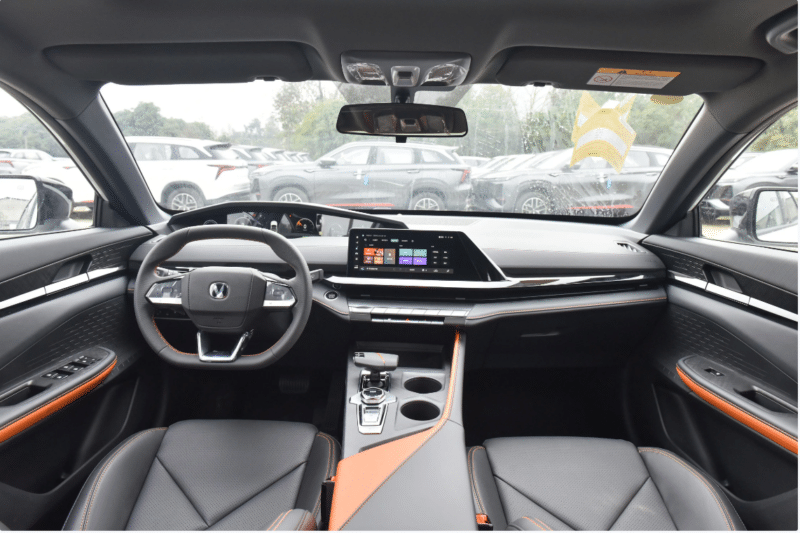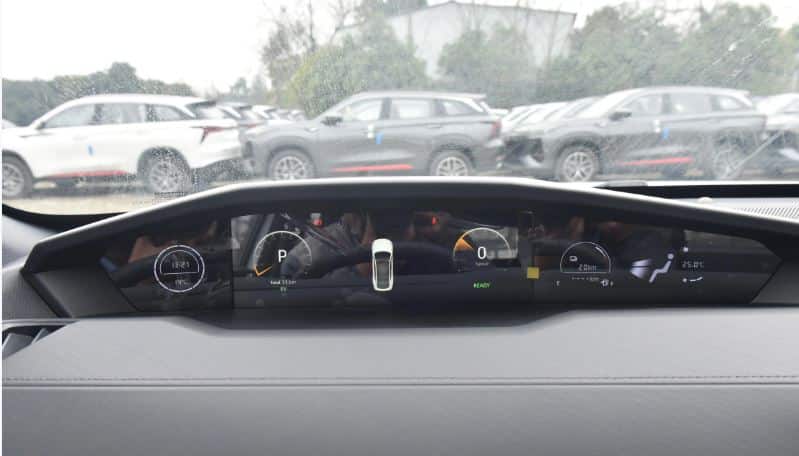On April 25, Changan launched its second-generation UNI-V iDD sedan at the Beijing Auto Show. Consumers can choose from a total of three models, priced from 114,900 – 126,900 yuan (15,900 – 17,500 USD). The new car is a plug-in hybrid version of the Changan UNI-V and has been upgraded in terms of powertrain and minor design details.
The term iDD stands for intelligent Dual Drive. The iDD hybrid system supports a variety of hybrid solutions including a 48V mild hybrid system, HEV, PHEV, and EREV.

The second-gen UNI-V iDD is built based on the brand’s Ark architecture, measuring 4720/1838/1435 mm, with a 2750 mm wheelbase. The entire series comes standard with an electric tail wing and an electric tailgate.

Additionally, the Ark architecture offers six airbags and the car body is 70% high-strength steel.


The second-gen UNI-V iDD’s appearance remains largely the same as that of the ICE version. The borderless design of the front grille is paired with sharp headlights.


The powertrain is the biggest highlight of the car, equipped with the iDD plug-in hybrid system independently developed by Changan, composed of a 1.5L engine and a front electric motor, mated to an E-CVT. The engine has a maximum power of 81 kW and a peak torque of 143 Nm while the electric motor outputs 158 kW and 330 Nm. Its top speed is 185 km/h and its 0 – 100 km/h acceleration time is 6.9 seconds. In addition, the battery is the lithium iron phosphate type (the capacity has not been revealed officially), providing a CLTC pure electric range of 136 km while the CLTC comprehensive range is 1,160 km. Under DC fast charging, it takes 30 minutes to replenish the battery from 30% to 80%.

The cockpit continues to adopt the T-shaped layout with a 10.3-inch floating central control screen, a 10.3-inch LCD instrument panel, and a double D-shaped steering wheel. The center console features a sporty gear lever. Changan also claims that the car supports the Super Race 2.0 mode.




At the same time, advanced driving assistance functions are not absent, including automatic emergency braking, forward collision warning, lane departure warning, and lane keep assist.

Source: Changan, DongCheDi, qctt



